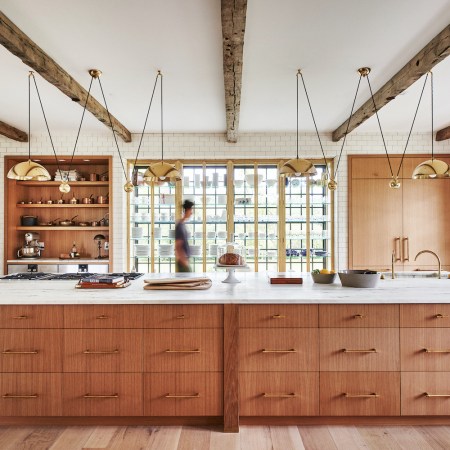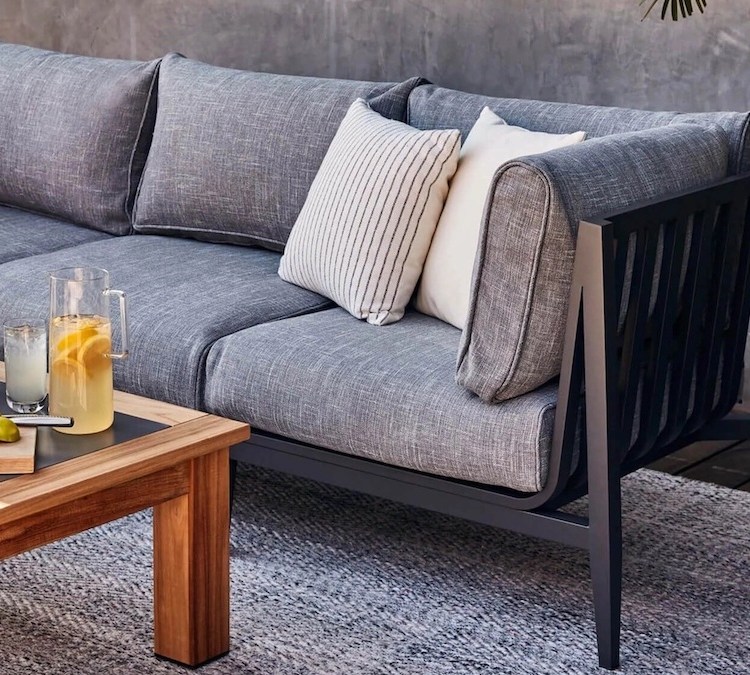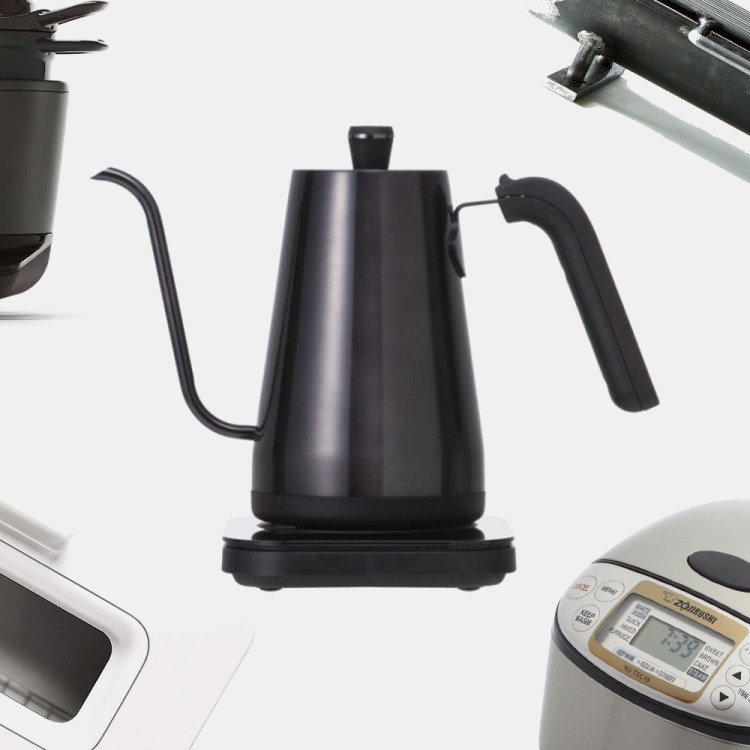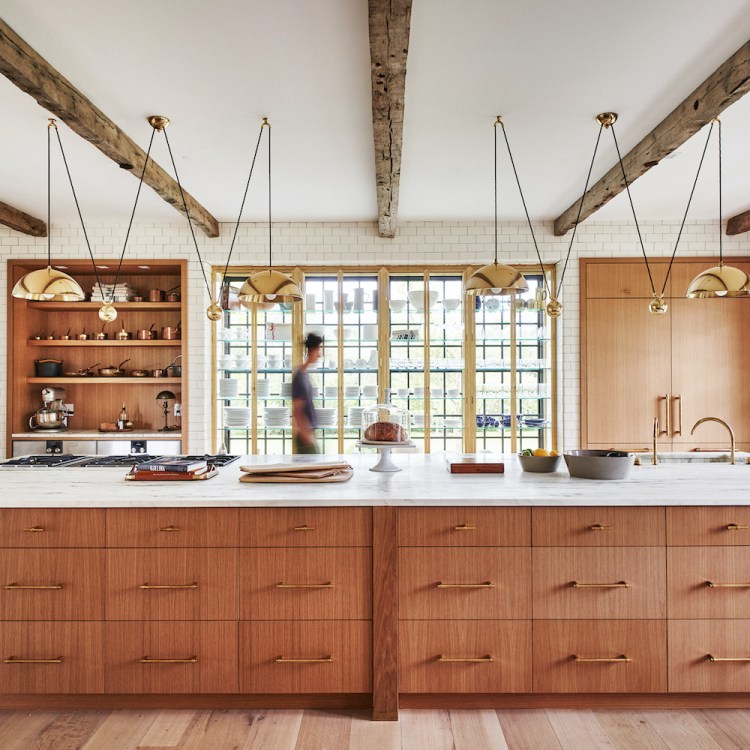We’ll be the first to admit that we’re highly susceptible to the free-wheeling appeal offered by the tiny home movement.
Get rid of all your stuff and live minimally! Live off grid! Travel on a whim! But as the trend has laid down foundations all over (even if the homes themselves haven’t), it’s become clear it’s not without some pretty glaring faults.
The most common complaint leveled against the movement: Where do all my belongings go?
Not just my clothes and books, but also my body? Because at worst, tiny homes are glorified cupboards, and the situation is not improved by that ubiquitous skinny ladder leading to a zero-clearance “loft” for sleeping.
Instagrammable, sure, but actually liveable? Maybe for like a weekend.
Enter The Aurora House from ZeroSquared, an expandable, relatively spacious tiny home on wheels that purports to be the most liveable offering (soon-to-be) on the market. Their goal is simple: to make the inhabitants forget they are in a tiny home at all.
They’re still developing the prototype, and these are actually renders of the design (if you couldn’t tell), but they are accepting preorders for anyone head over heels for the diminutive digs.
Some of its perks: Single level floorplan means no precarious, impossibly narrow ladders (except one that leads to a storage — not sleeping — loft). An office that becomes a bedroom thanks to a Murphy bed means you might actually be able to live and work out of this thing, provided you don’t need much storage or materials for your work. And the electric RV-style motors that expand the structure from 8.6 feet to 15.1 with the push of a button, effectively doubling its size in a few minutes.
In fact, a similar model has actually been classified as an RV, so this may be a way to skirt the manifold legal issues that can crop up with zoning and installing tiny homes.
Made from pine, corrugated metal and smartboard and outfitted with ultra-modern amenities, the price for the more kitted-out versions can get steep, nearing $75K if you go all in. But if you can afford it, our view is that this among the better tiny homes we’ve seen in terms of space solutions — and it’s a looker to boot.
This article was featured in the InsideHook newsletter. Sign up now.





















